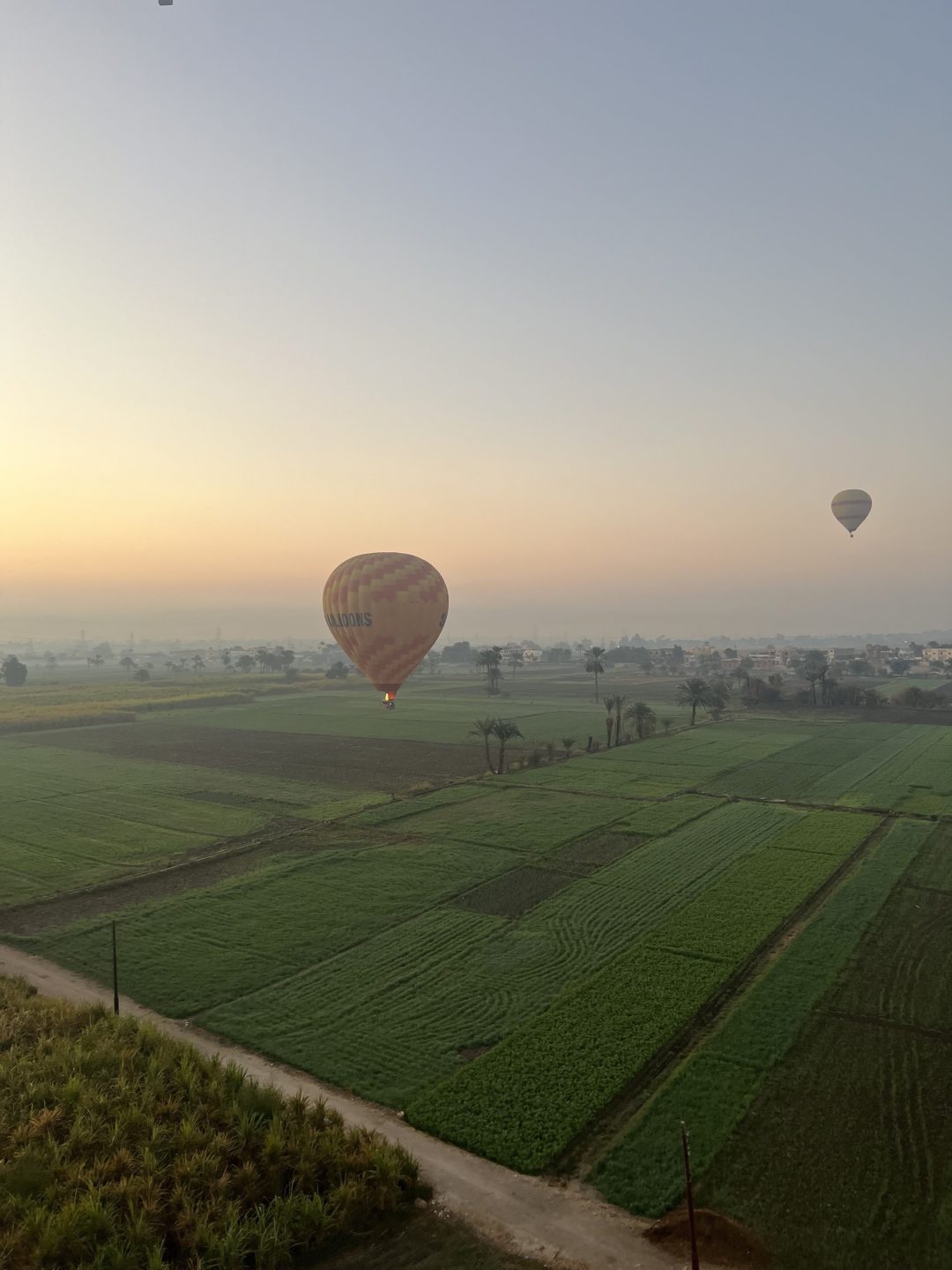The soft river breeze wafts through my hair as the sails of the dahabiya boats bend and twist with the wind. The call to prayer resonates around me although ancient temples are all I can see. As the sun sets on another day on the mighty Nile, I reflect on the time I have spent so far in this wondrous land I have long dreamed of visiting.
I’m on a seven-day Egypt itinerary bound for the sandy banks of historic Luxor. While the Nile River cruise is only one part of my trip, it’s given me the chance to pause and recharge after the chaos of 2023. Egypt isn’t for everyone but it offers a host of historic sites and friendly people like nowhere else in the word. From the iconic Pyramids of Giza to the ancient temples of Dendara and Habu, a seven-day tour of Egypt boasts both moments of frenzy and of peace.
So pack your backs and transport yourself back in time to the era of pharaohs, mummies, and majestic pyramids. This ultimate seven-day itinerary in Egypt will leave you saying, “in many forms, I shall return!”
Cairo (Day 1-2)
I start my adventure in chaotic Cairo, a must-see city regardless of the snarling traffic and honking horns. It’s here you’ll find the pristine Pyramids as well as the iconic Sphinx.
The Pyramids of Giza
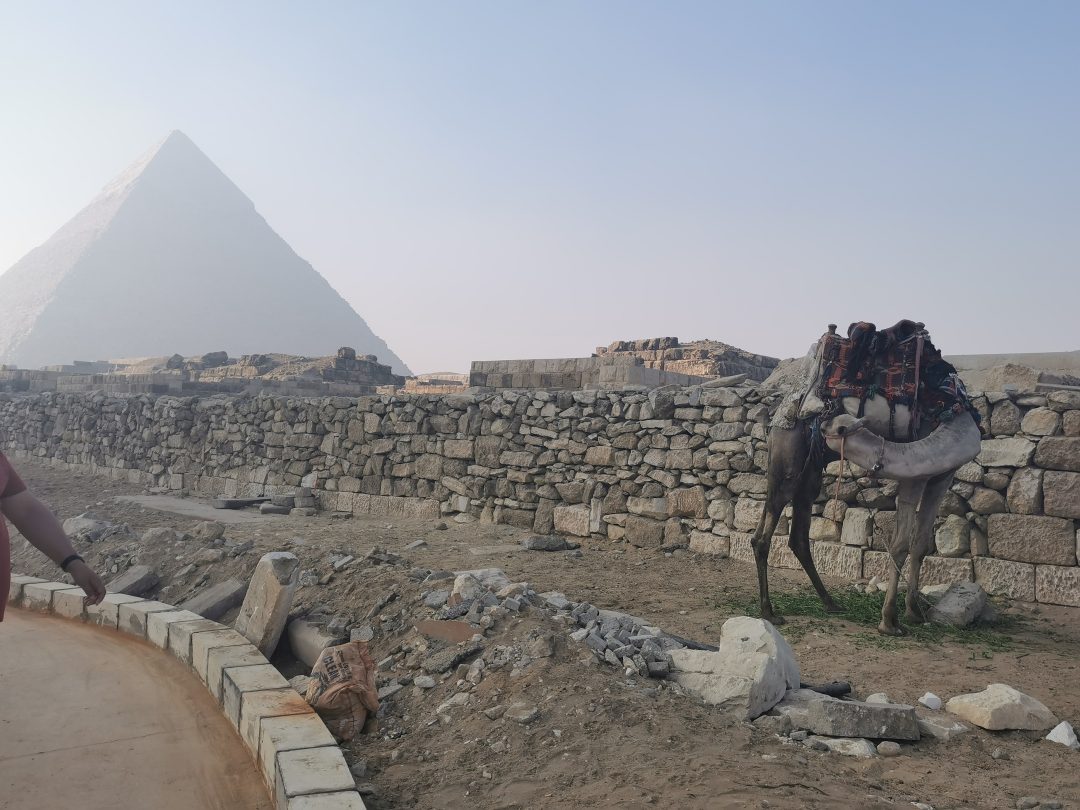
Nour, our tour guide, leads us to the Giza complex by private car for my first of many early wake up calls. We walk in awe to the great pyramids, admiring their majesty, all without a hoard of tourists. The Great Pyramid of Giza, the largest pyramid in the world, is attributed to Pharaoh Khufu, who reigned Egypt in the 26th century B.C. The ancient Egyptians chose Tura limestone as the primary building material for the pyramids, which they sourced from local quarries. Originally polished to a dazzling shine, the casing stones reflect the sun’s rays, creating a radiant beacon in the Giza plateau.
The Sphinx
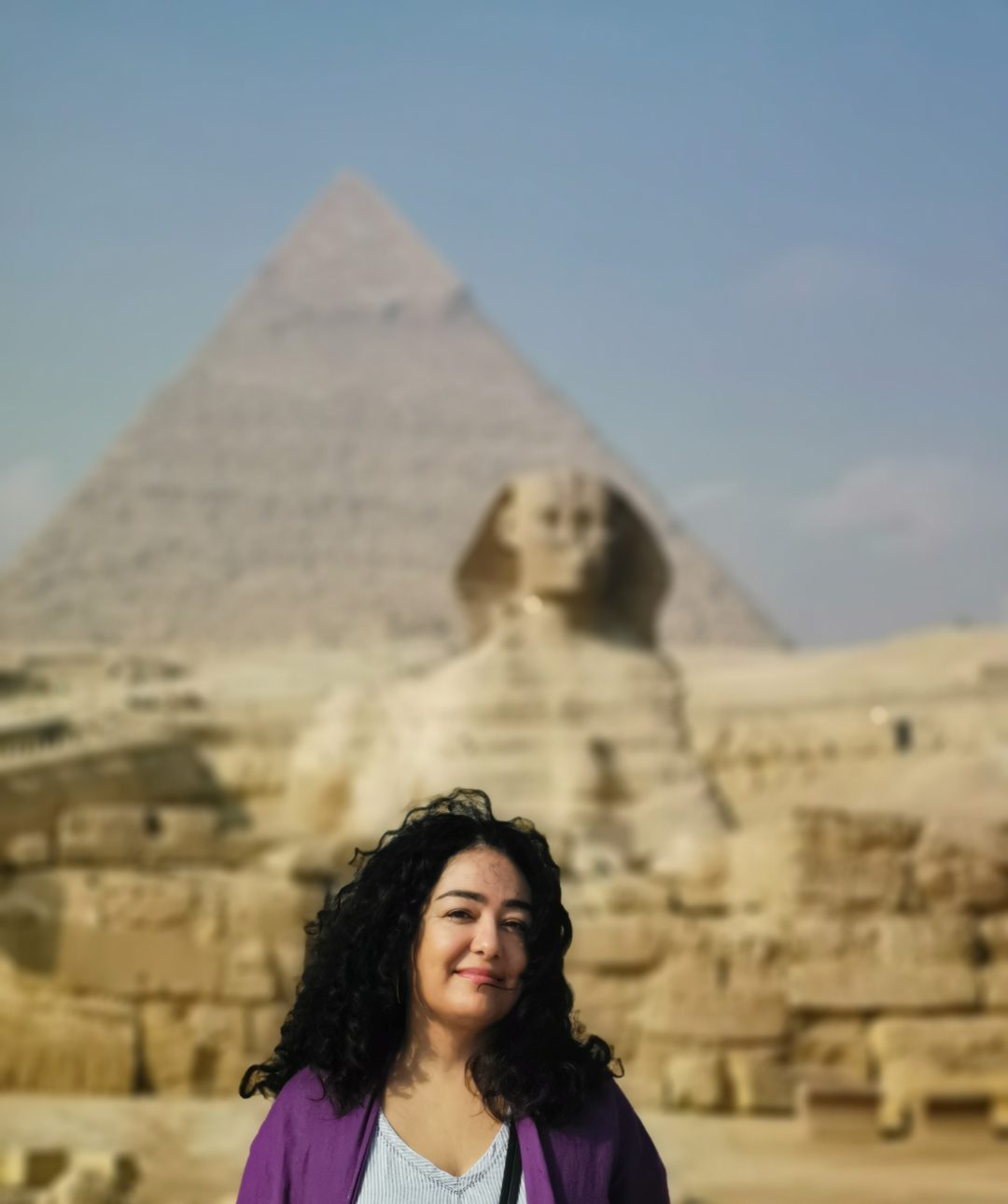
A short drive away and a separate entry ticket admits us to the mighty Sphinx. I was expecting a gigantic figure and while 66 feet high, the pyramids clearly overshadow him. Dating from the reign of King Khafre, around 2500 B.C., the Sphinx is said to have his face with the body of a lion. Erosion and the passage of time have decayed some of the features (Napoleon is said to have blown on the beast’s nose). Today, the area is cordoned off to protect the site from looters, vandals, and others.
The Cairo Museum
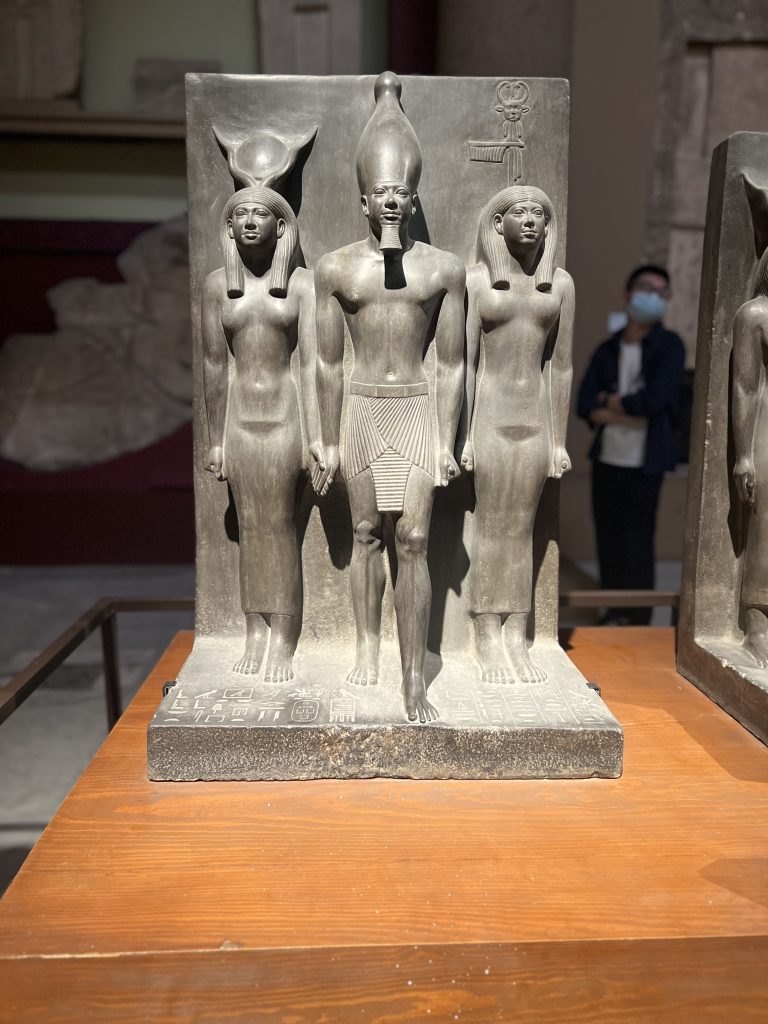
The Cairo Museum is our last stop in the city. While most of the pharaohs reside in the Civilization Museum, the Cairo Museum boasts more than 170,000 historical artifacts such as stone tablets, statues of Anubis and other gods, and most famously, King Tutankahem’s treasures. The child king, who rose to the throne at age 9 after the death of his father, King Akhenaton, is arguably the most famous of all Egypt’s pharaohs. Marvel at his gold throne, his gold, lapis lazuli, and turquoise funerary mask and his intact sarcophagus. The Triad of Menkaure, featuring the goddess Hathor, was carved on a single block of gray-green schist. Sadly, we only get an hour at the museum, not enough to see its bounty.
Aswan to Luxor (Day 3-5)
After a short flight to Aswan, I hop aboard my Nile cruise and meet Anas, our tour guide for the rest of our journey. Aswan, famous for its high dam, is the start or end of all Nile River cruises in Egypt. The city is smaller but just as bustling as Cairo, with vendors bargaining with tourists and horse-drawn carriage drivers conveying these same people to sites in the surrounding region.
Philae Temple
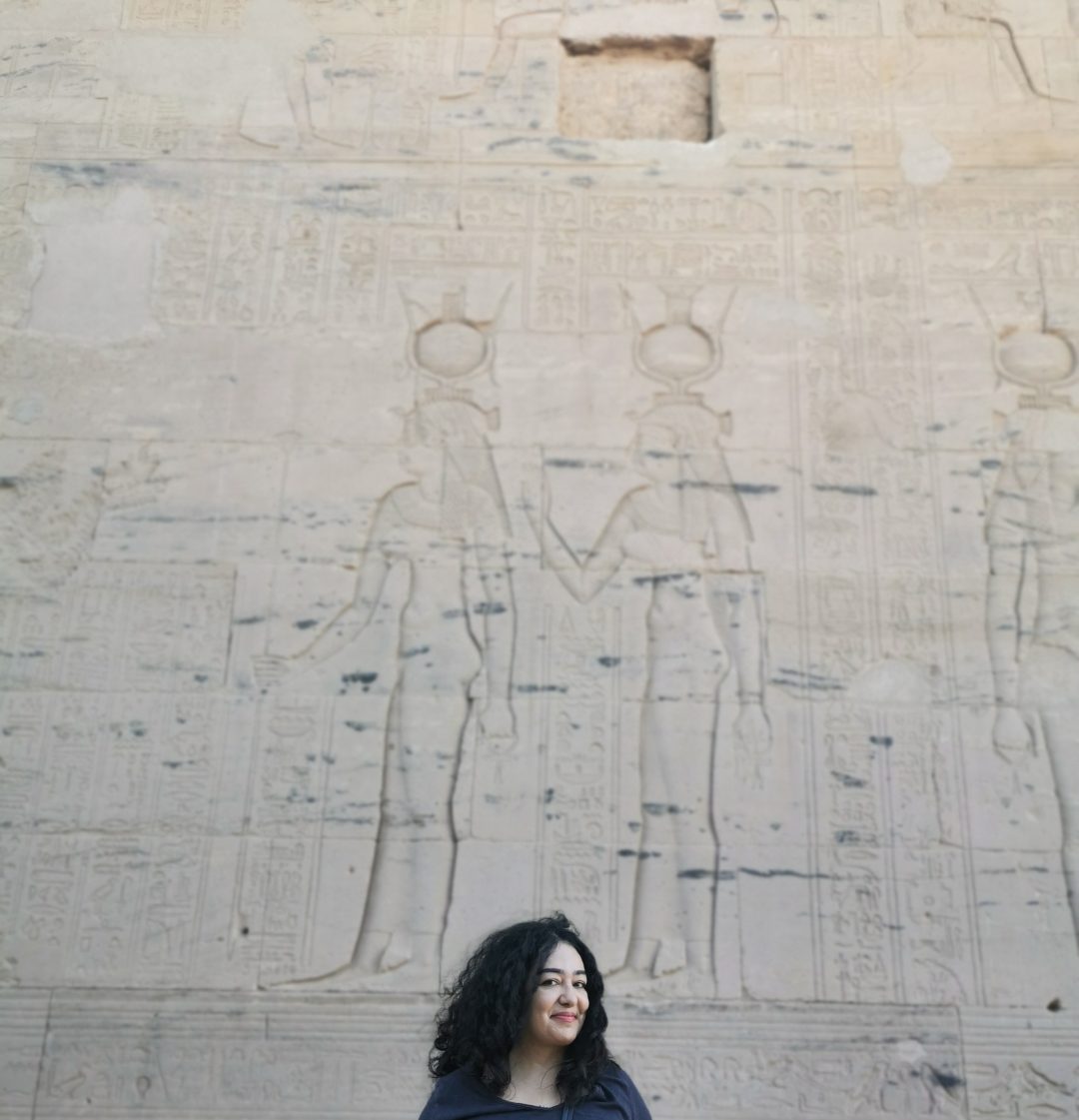
After a short boat ride, we’re at Philae Temple. Dedicated to the goddess Isis, this ancient temple from the Ptolemaic era boasts exquisite carvings, hieroglyphics, and majestic columns. Due to flooding from the Aswan High Dam, UNESCO transported the temple from its original site to the nearby island of Agilkia over the course of eight years. It’s my first taste of what’s to come and I’m almost giddy with delight.
Temple of Kom Ombo
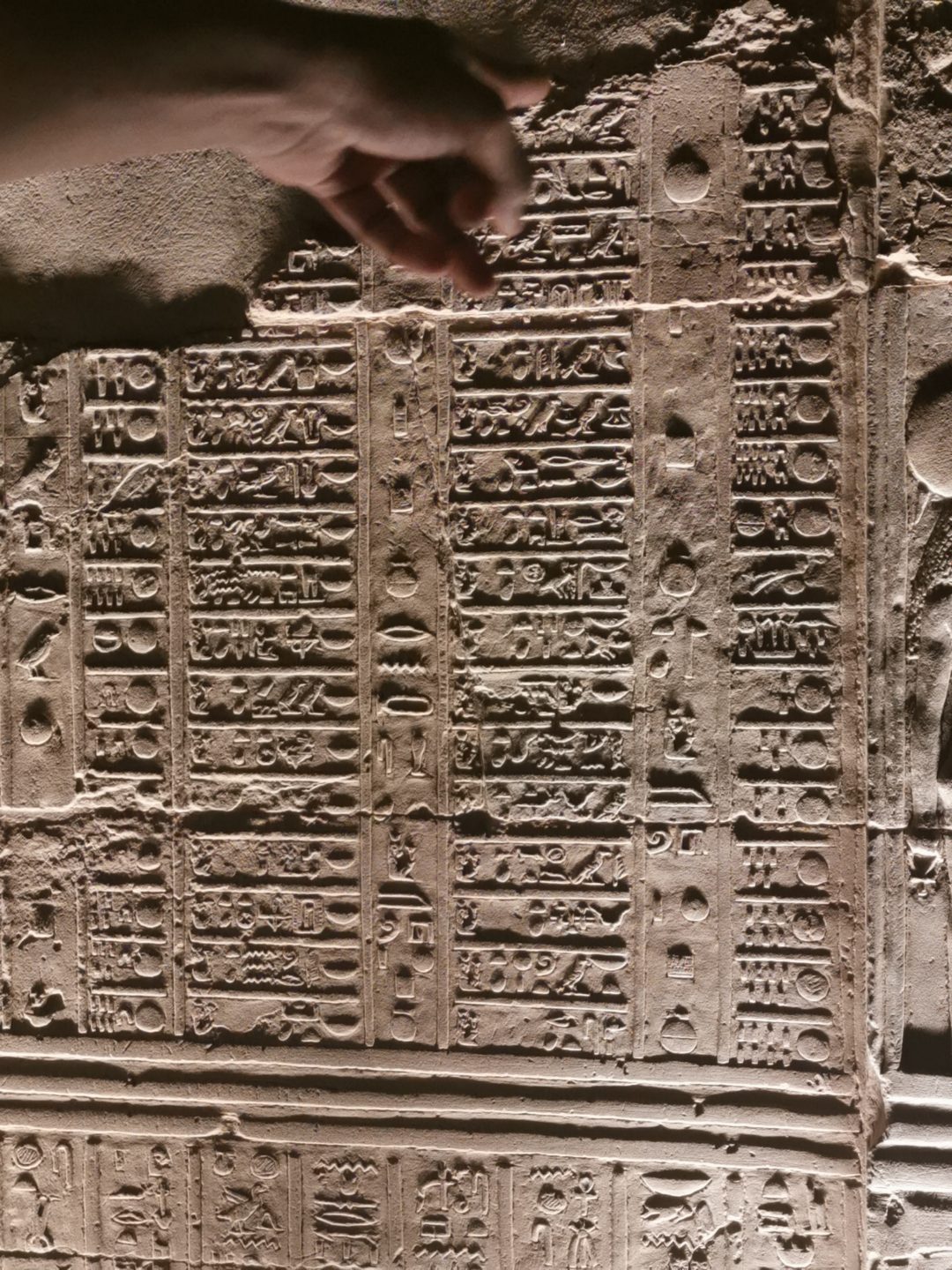
Next, we head to the Temple of Kom Ombo, which honors Sobek, the crocodile god, and Horus, the falcon-headed deity. Constructed during the Ptolemaic dynasty and expanded under Roman rule, the temple’s distinct reliefs depict surgical instruments, while the Nilometer tracked water levels during the great flood. A temple highlight is its calendar, which was divided into the flood, sowing, and harvest seasons and reflects 360 days in a year.
Edfu Temple
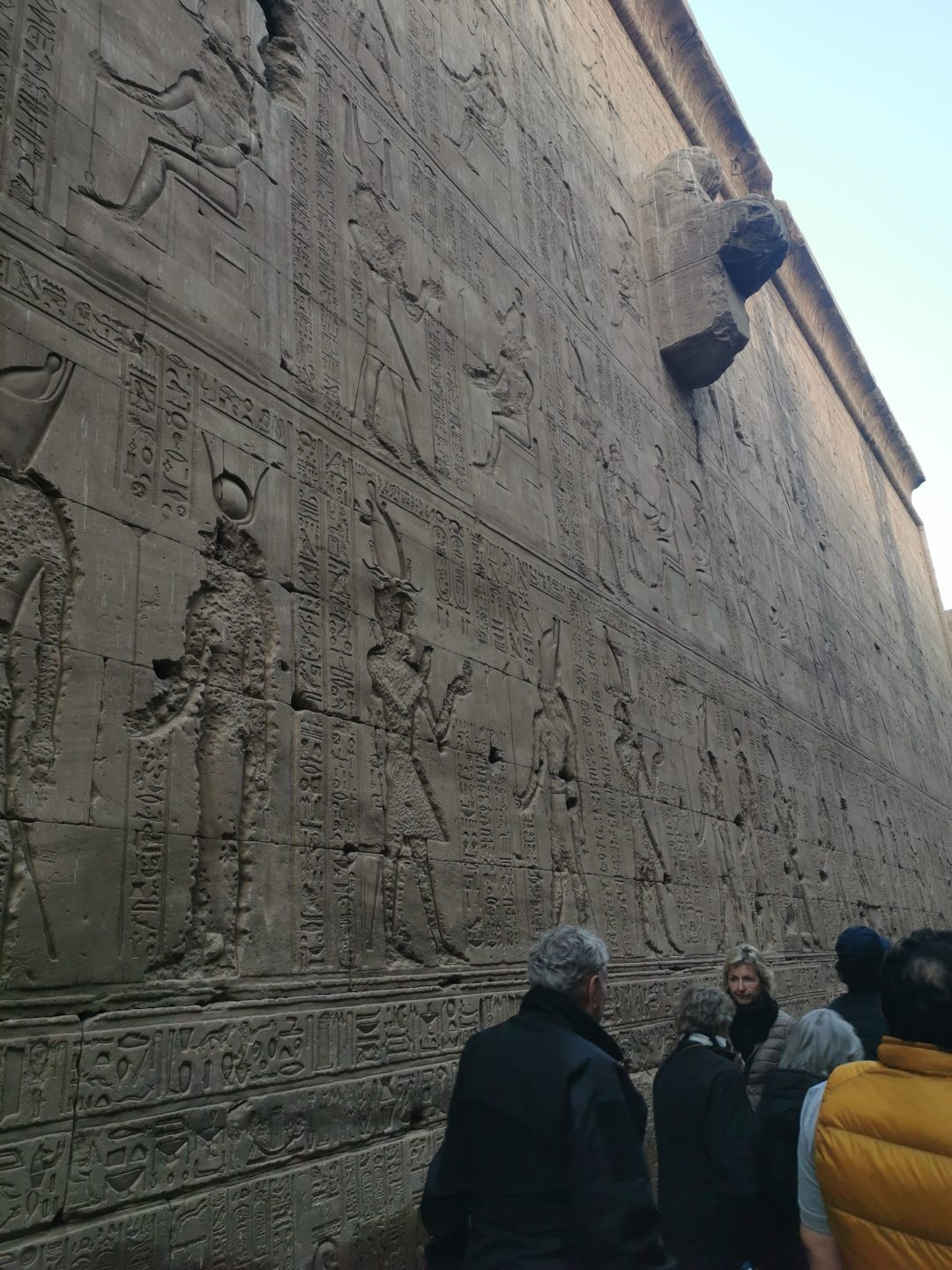
Edfu Temple stands as a testament to ancient Egyptian craftsmanship and their devotion to Horus, the god of the sky and war. Completed in 57 B.C. during the Ptolemaic era, this well-preserved marvel boasts grand colonnades and intricate hieroglyphs depicting the valorous battles of Horus. The inner sanctum houses a solemn statue of the god and chambers where ancient rituals unfolded.
Luxor (Day 6-7)
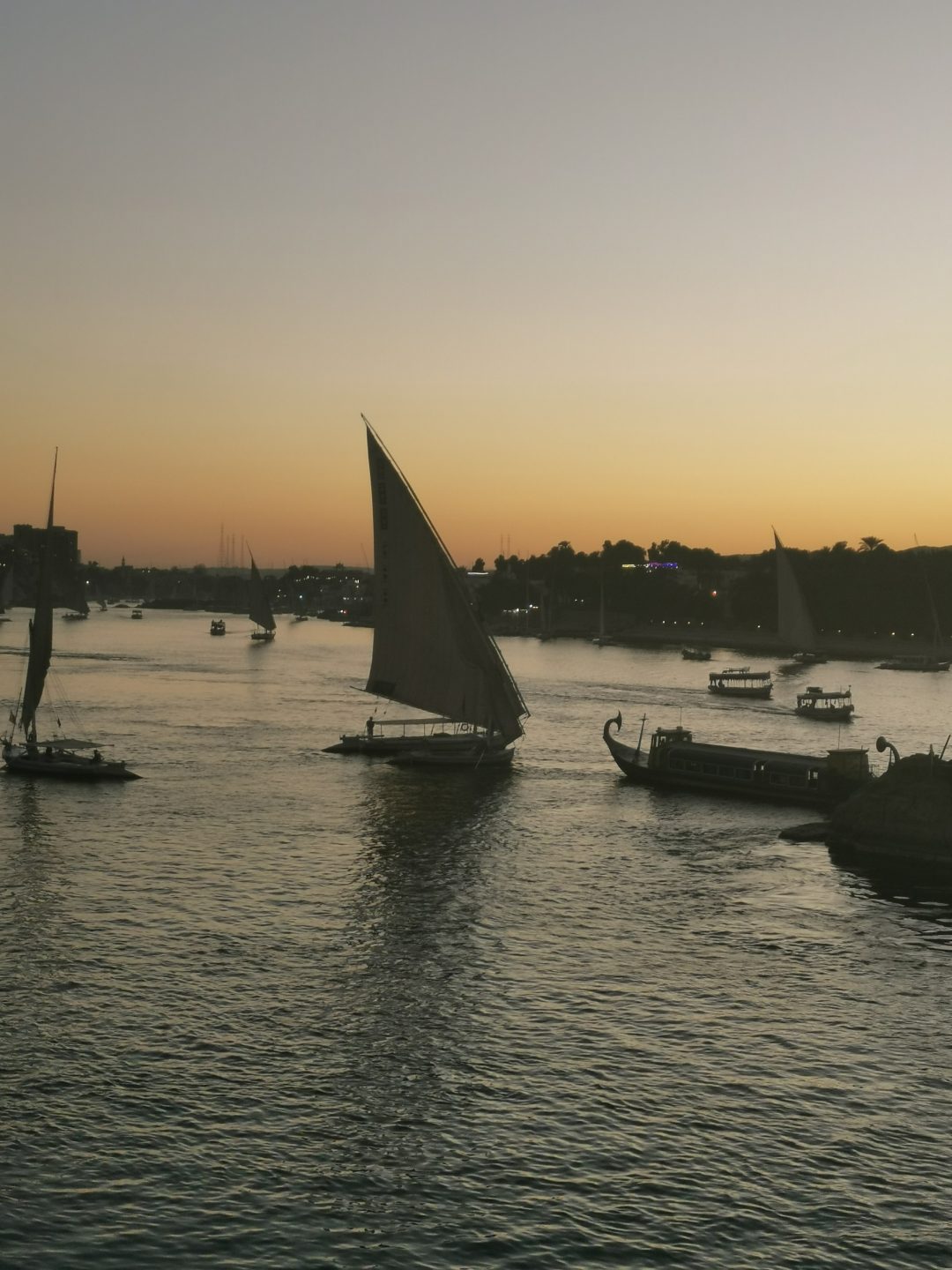
After three days on our Nile River cruise, we land in historic Luxor. Although it teems with tourists, it’s smaller and cleaner than Aswan and Cairo. A souk lies just around the corner from the marina, where you can find many treasures, from pure Egyptian cotton kaftans to statues of the gods.
Valley of the Kings
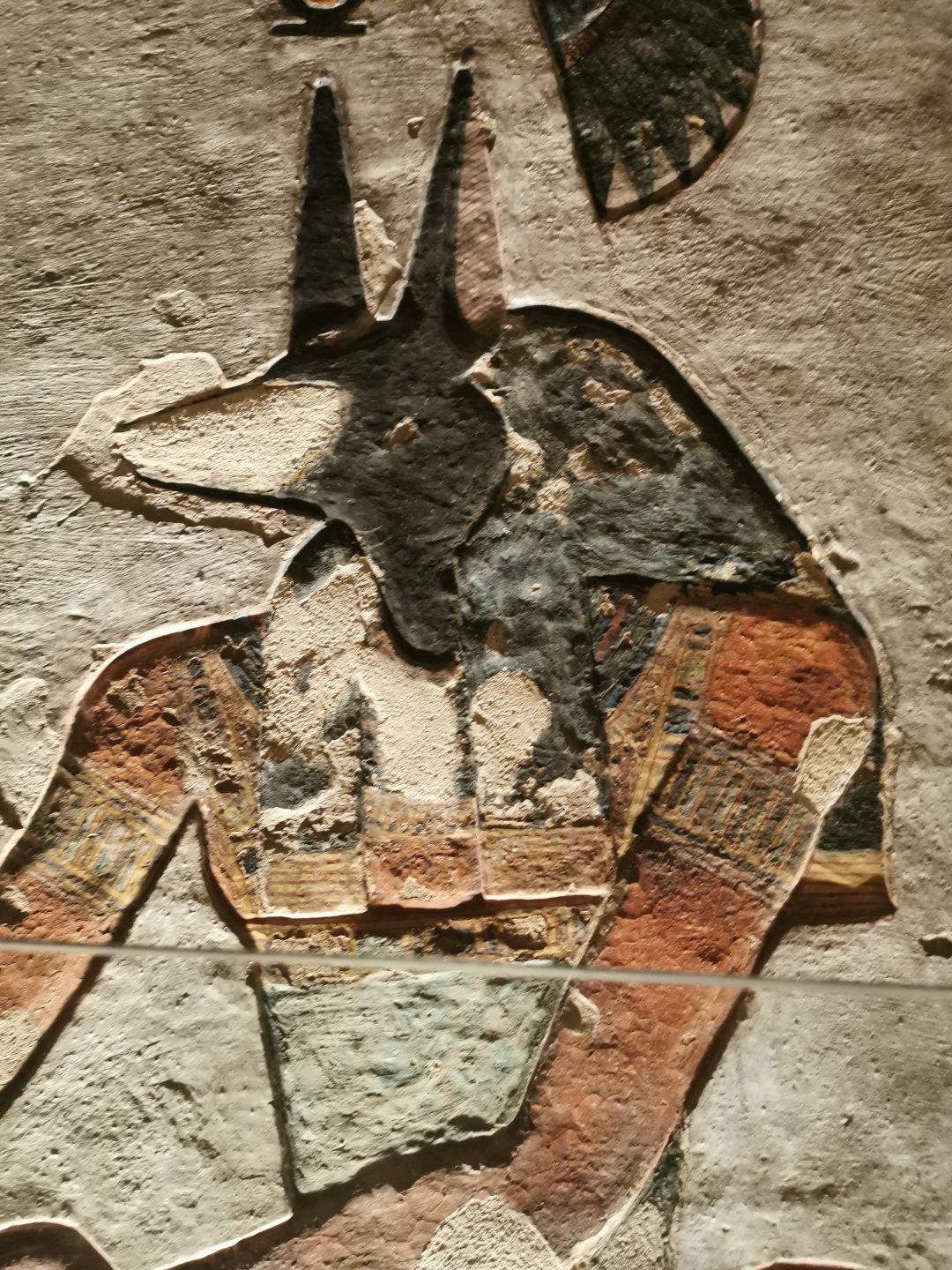
Another early wakeup call and we head to the Valley of the Kings. Situated on the West Bank of the Nile, the Valley of the Kings became the final resting place of many pharaohs, from Tut to Ramses II to Queen Hatshepsut. It’s here that Howard Carter and his team discovered the well-preserved mummified remains of Tut and his treasures. With the regular entry ticket, visitors get access to three tombs out of the 18 on display (there are 65 tombs in all). Skip paying extra for Tut’s tomb and spend the bulk of your time in Ramses III’s tomb.
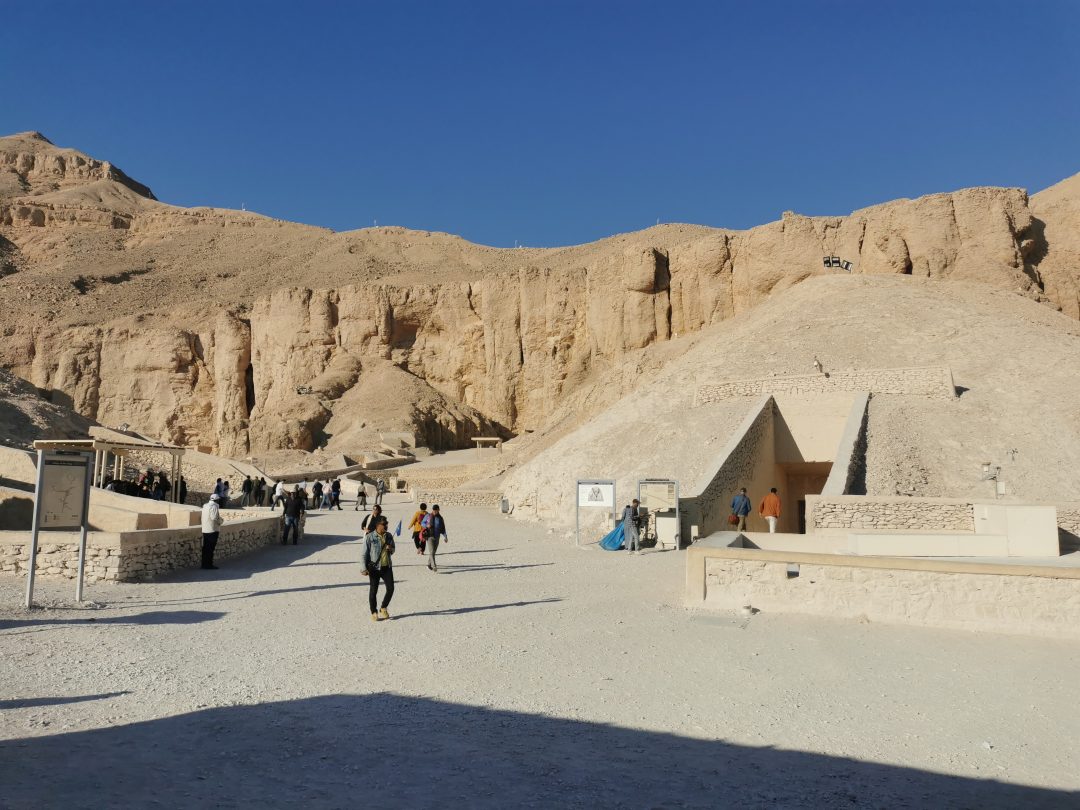
Originally thought to be the resting place of Pharaoh Setnakht, archaeologists uncovered Ramses III in 1881. Decorations inside highlight food preparation as well as the Book of the Gates and the Book of the Dead (I remind myself not to read from the latter as Imhotep doesn’t need to be resurrected). Many of the blue and yellow figures depicted weren’t ancient Egyptians but Asians, Nubians, Lybians and other nationalities.
Medinet Habu Temple
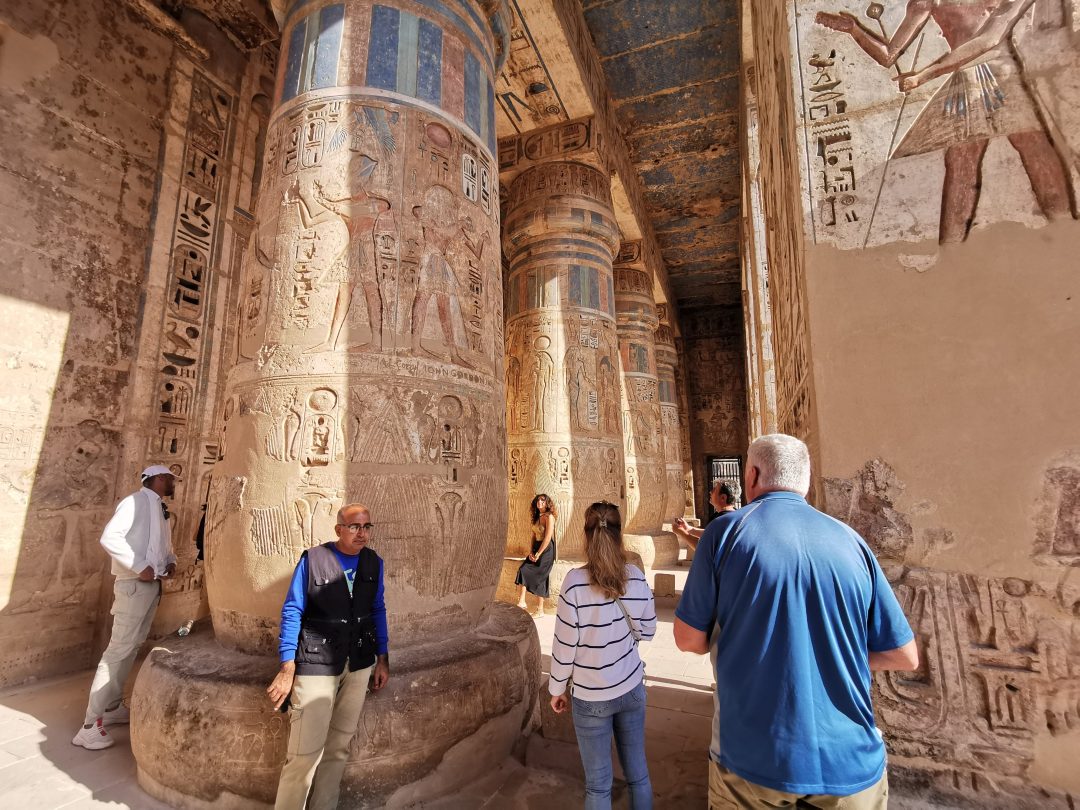
Built around 1170 B.C. and dedicated to Amun Ra with special emphasis on Ramses III, Medinet Habu Temple sparks wonder on any seven-day itinerary in Egypt. The well-preserved complex encompasses nearly 80,000 square feet of courtyards, gatehouses, carved and uncarved columns and towers. I admire the colors here, the reds and rusts that adorn some columns and the ceiling as well as the reliefs of Ramses III victory over the Lybians.
Dendera Temple
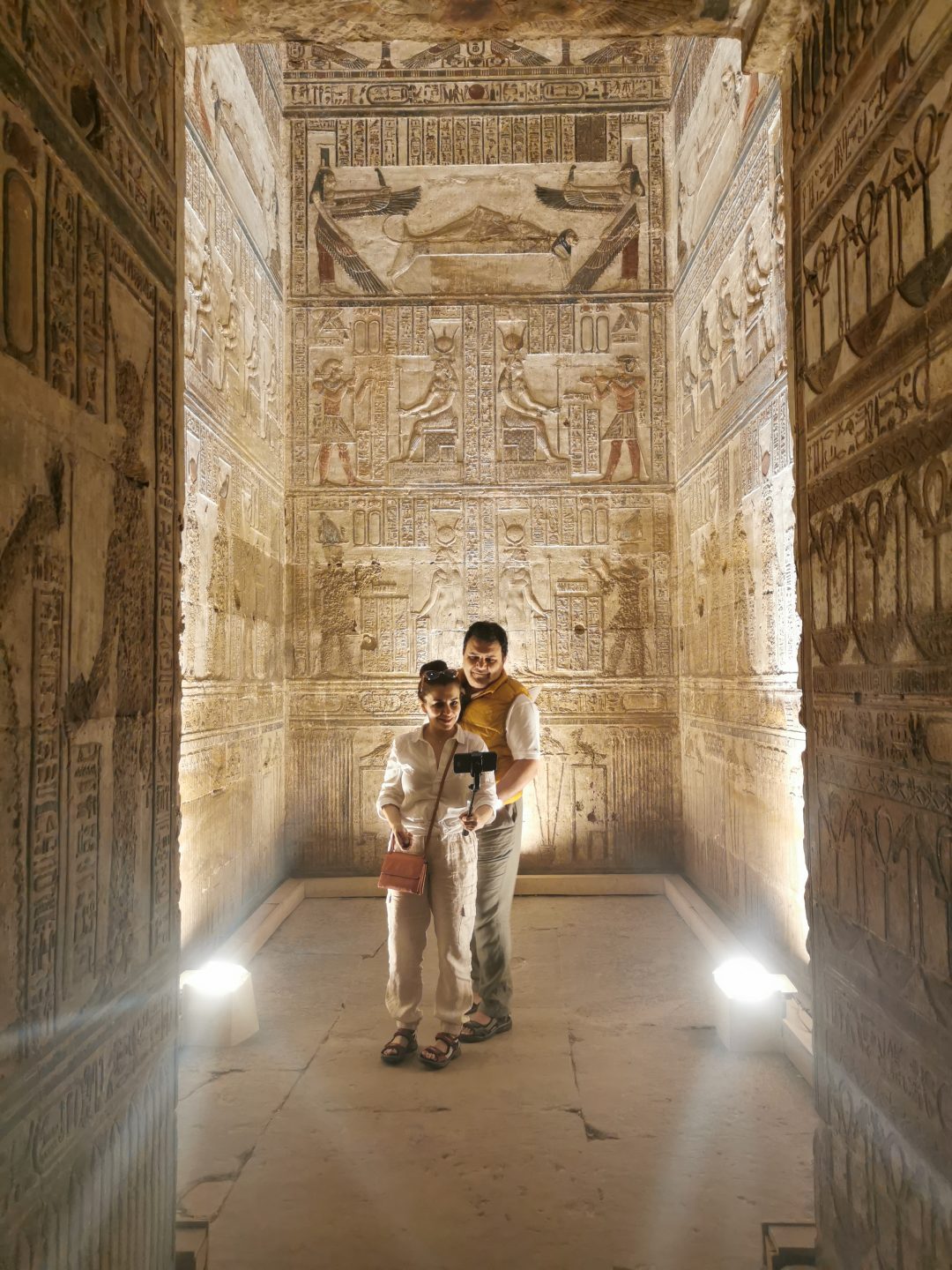
Our guide, Mo, takes us on a one-and-a-half hour drive to Dendera Temple. Nestled amid verdant plains of sugar cane plants and palm trees, I almost feel as if I’m on another planet.
Unlike the other temples dedicated to male deities and male pharaohs, Dendera is dedicated to the goddess Hathor, mother of Isis and Osiris. It’s the most colorful of all Egypt’s temples, with blues and rust on the high ceilings and Hathor-headed columns. Explore the birth house, chapel, and sacred lake and head to the rooftop for a panoramic view of the region. Breathe in and out and reflect on the wonder of your seven-day itinerary in Egypt.
Note: Most of the activities and excursions on this itinerary are included in seven-day tours of Egypt. Extras include Dendera and Habu. Another extra that was the highlight of my trip was the early-morning hot air balloon ride over Luxor. Seeing the sites from high above gave me a newfound appreciation of the skill and effort that went into constructing these monuments to the past.
